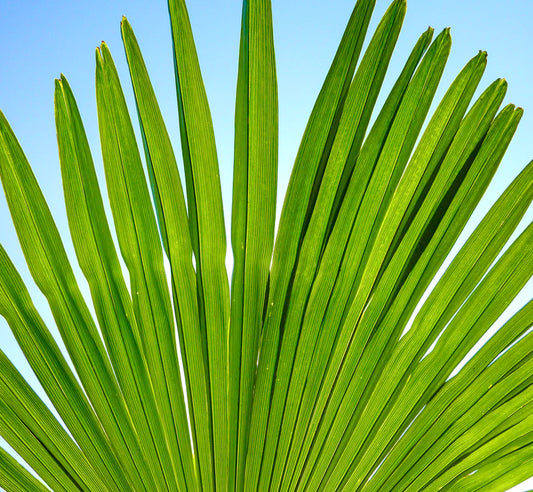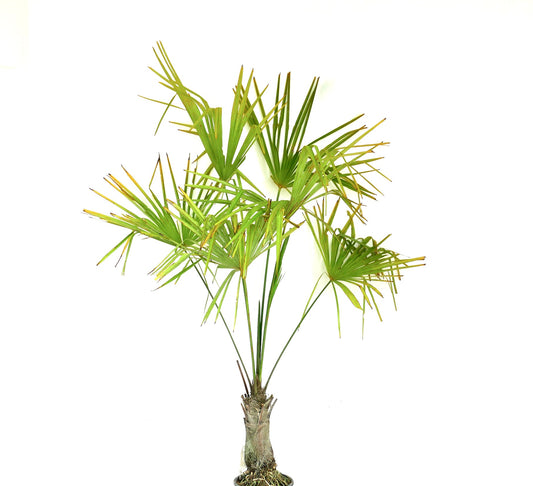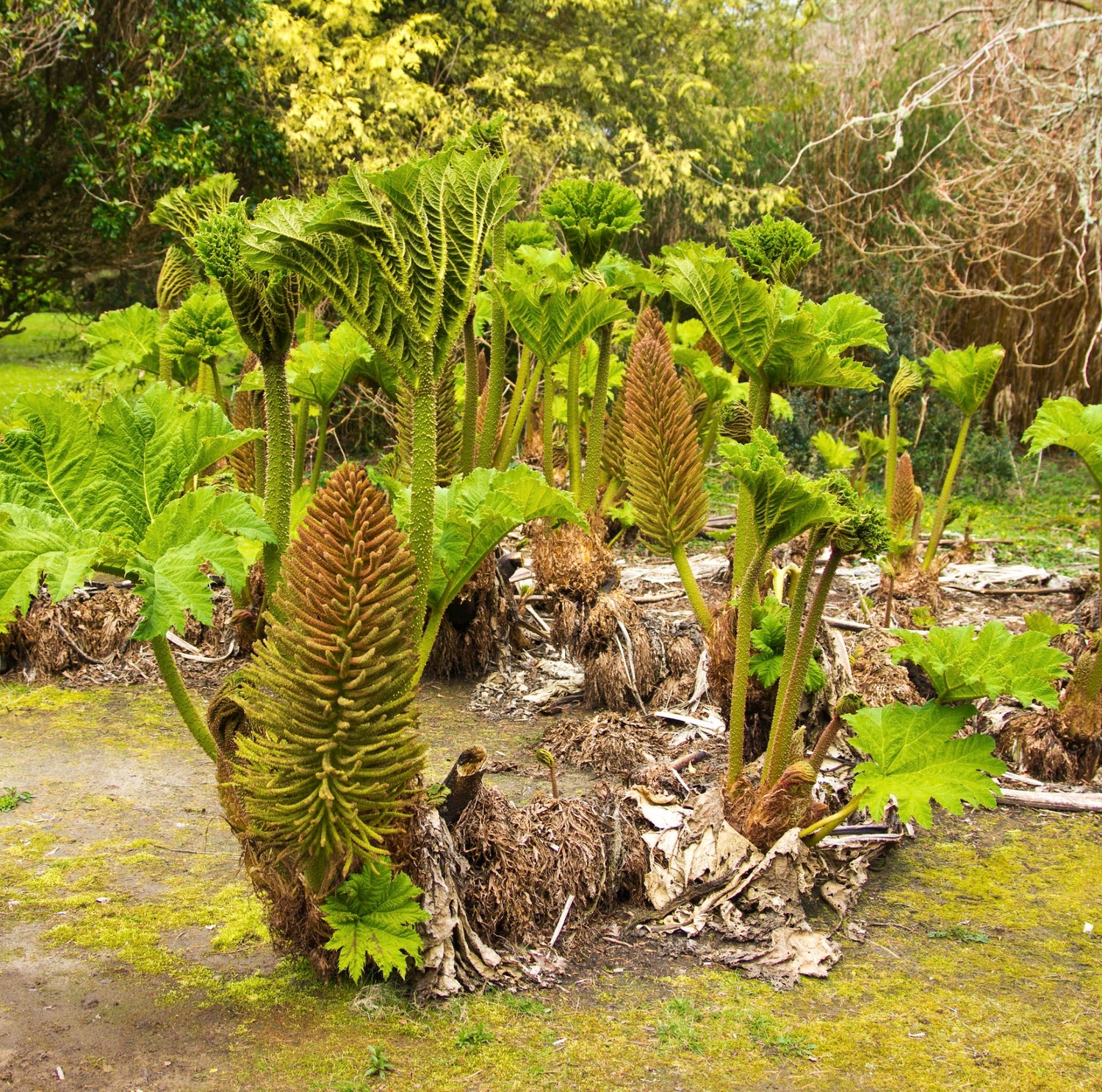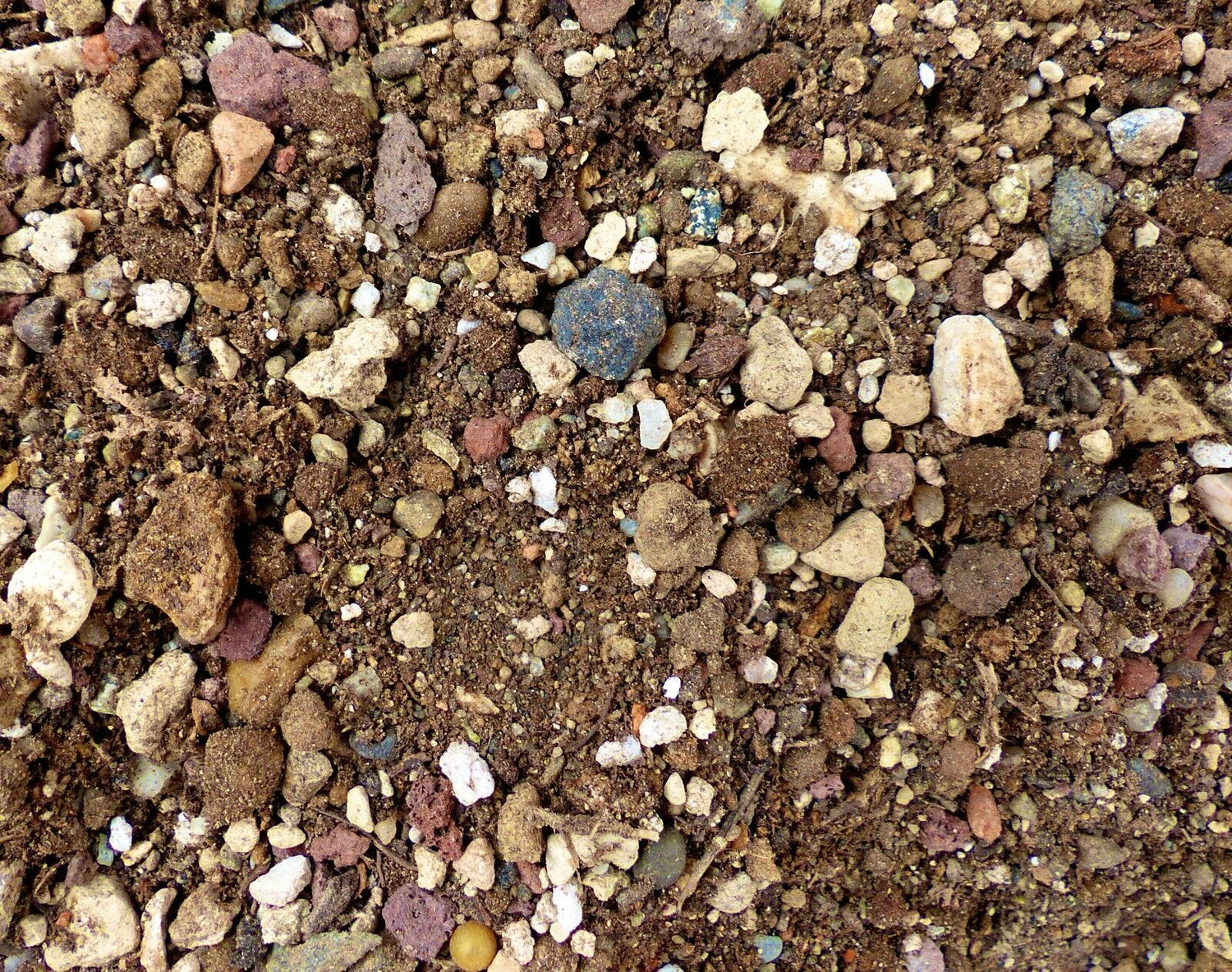Trachycarpus: The Hardy and Elegant Fan Palm
An Overview of the Trachycarpus Genus
The Trachycarpus genus consists of hardy palm trees, with Trachycarpus fortunei, commonly known as the windmill palm, being the most recognized species. Native to Asia, these cold-resistant palms are ideal for temperate gardens, adding an exotic and tropical aesthetic.
Growth and Adaptability of Trachycarpus
Unlike most palms, Trachycarpus species can withstand cold temperatures and even light frosts, making them perfect for landscaping in temperate climates. They are drought-resistant, require minimal care, and adapt well to urban environments, thriving in parks, gardens, and patios.
Ornamental and Landscaping Uses of Trachycarpus
The windmill palm is widely planted for its fan-shaped leaves and textured trunk, offering a distinctive architectural element to gardens and courtyards. Its compact size and slow growth make it suitable for containers and urban greening projects.
Ecological and Low-Maintenance Benefits
The Trachycarpus palm not only enhances landscapes but also provides shelter for birds and pollinators. It is a low-maintenance plant, requiring only occasional pruning of old leaves. With its year-round evergreen foliage, it remains an attractive feature throughout all seasons.
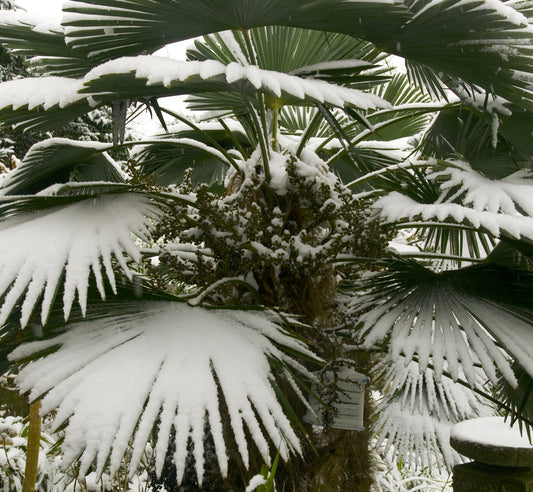 Sold out
Sold out

